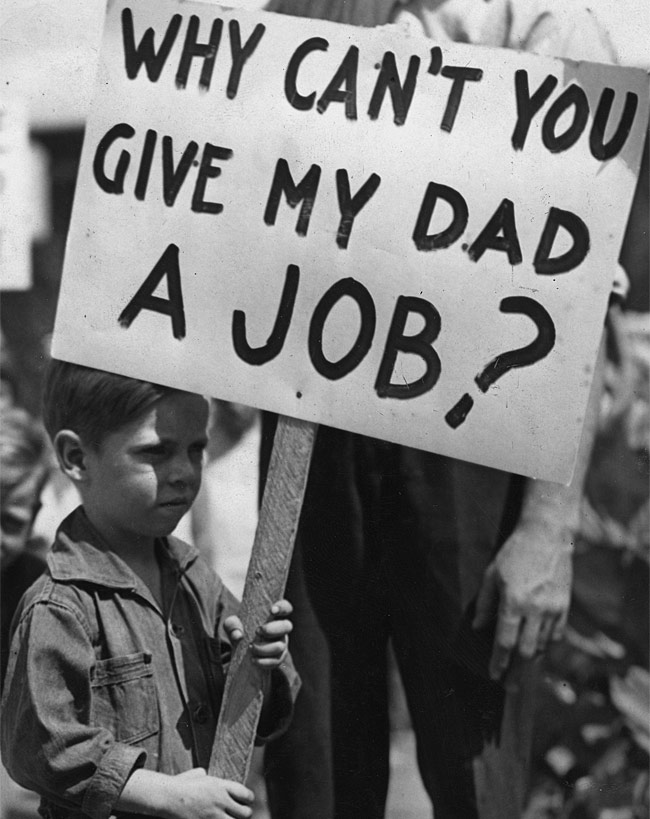After its 2013 release, 12 Year a Slave was nominated for
295 awards, winning 223 of these, including 3 Oscars, therefore is a
world-renowned historical drama about slavery. Based on Solomon Northup’s
memoirs, the film is an unapologetic account of the inhumane, brutal reality of
slavery in the U.S, well-known for its difficulty to watch, due to the violence
onscreen.
Previous to the release of 12 Years a Slave, actress Lupita
Nyong’o was relatively unknown to the U.S. public, and the world, excluding her
popularity in Kenya. However, after winning the Oscar for Best Supporting
Actress, she gained worldwide recognition for her outstanding performance as
Patsey.
During the film, we see Patsey as the object of Epps’
affections, as well as his best cotton picker. As the plot progresses, Patsey
is seen being raped, beaten, whipped and begging for Solomon to kill her. This
emphasises not only the physical abuse of slaves, but also the sexual abuse by
their owners.
One of the most notable scenes in
the film would be Patsey’s whipping, in which Solomon is forced to whip his
comrade, due to Epps’ cowardice. Sean Bobbitt commented on this scene, stating “That
was always going to be one continuous shot…the audience is given no relief…the
complexity of the emotions and the violence going on, it really acts to
heighten the drama and the performance of the actors”. In this way, we can see
that McQueen, and the producers worked to make this scene as uncomfortable as
possible for the viewers; the disproportion of Patsey’s mistake versus her
punishment (defending Solomon), the shame in her being stripped from her
clothes and tied to a post, and Solomon’s unease to hit her hard enough, are
all elements which completely shock the audience into the realisation that this
was reality during that time in America.
On the other hand, however many
argue that the film relied almost entirely on shock tactics, and unthinkable violence.
Several critics compare it to the book, in this way, as in the film, we see
Patsey beg Solomon to kill her, and release her from her misery, whereas in the
memoirs of the actual Solomon Northup, he claimed that Patsey believed there
was goodness in the world, and hoped for freedom. In addition to this, many
claim that within the book, Solomon has a very complex relationship with Epps,
and isn’t as negative and brutal as Fassbender portrayed him.
Therefore, despite how well 12 Years A Slave depicts the slave trade, over 150 years after emancipation, to a
generation who live long after these events, many argue that the film doesn’t
remain entirely true to Solomon’s actual life events, with superfluous
violence, and incorrect characters. However, I believe that said over
exaggeration was deemed necessary, in order to convey the brutality of the
slave trade, to an audience who may be uneducated on the subject.
























